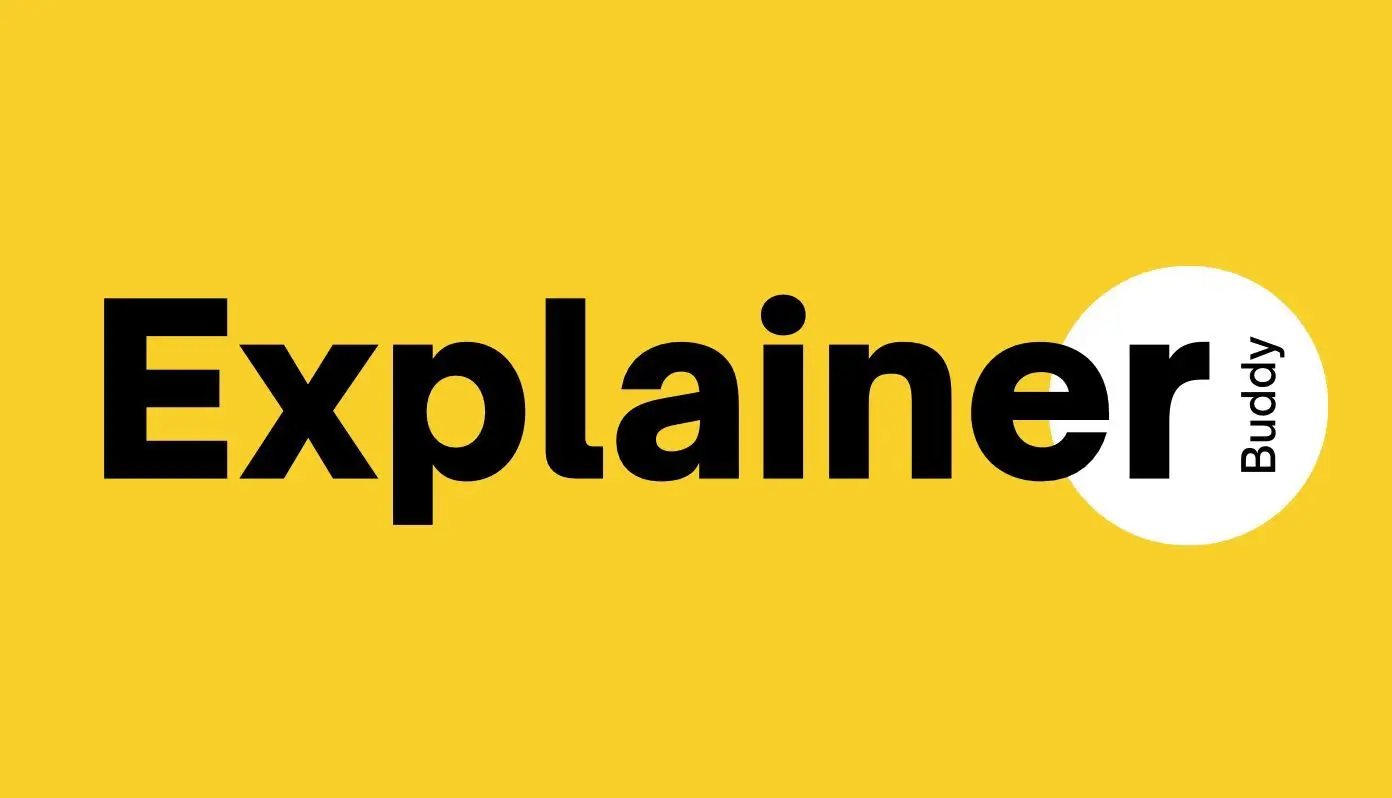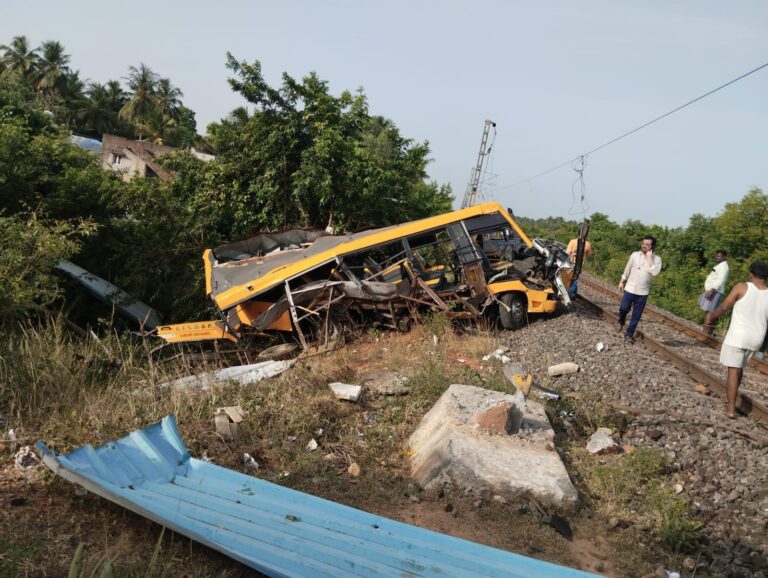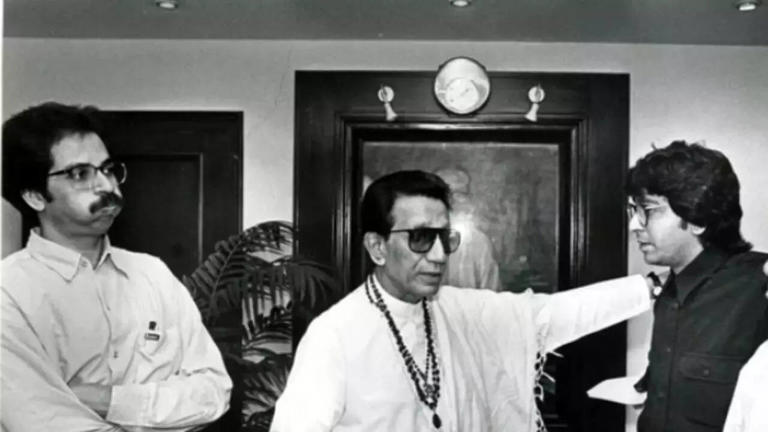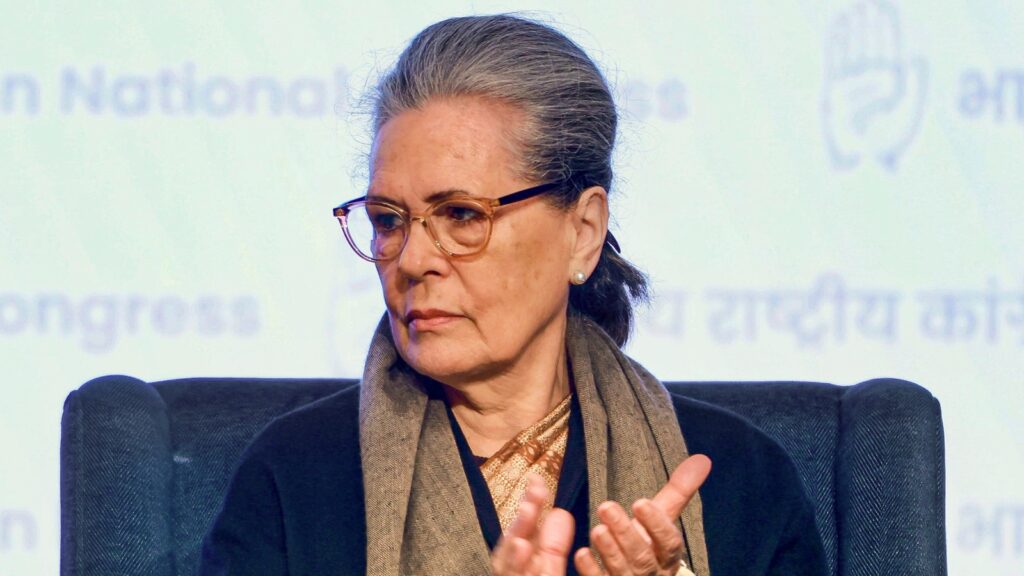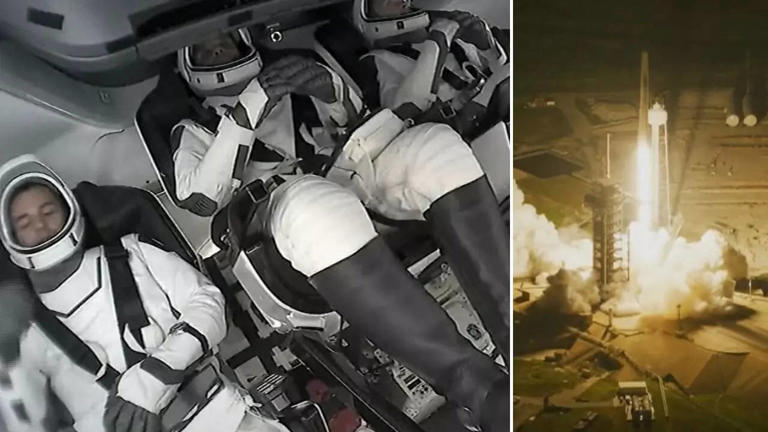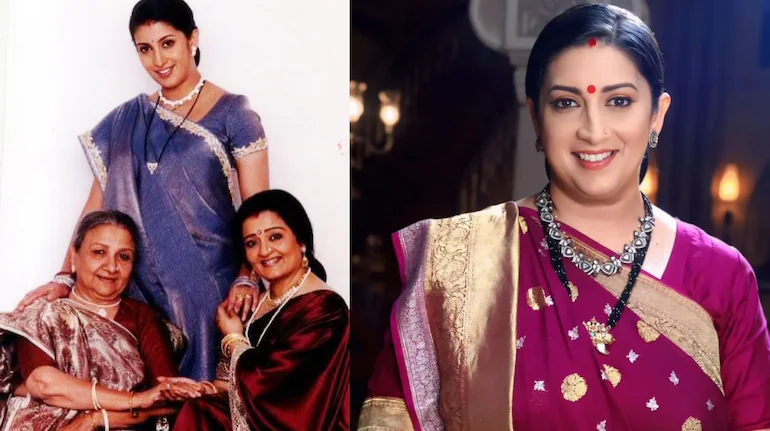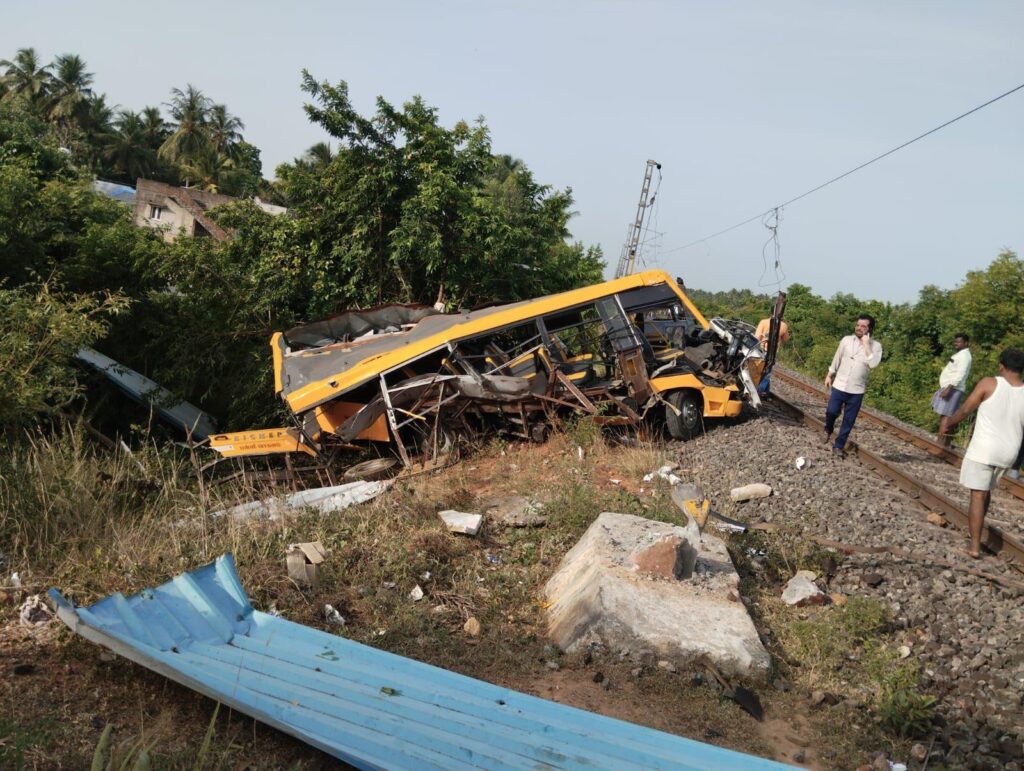How Beijing’s Reincarnation Law Sparks Global Outrage & a Tibetan Freedom Fight
What if a government tried to control your next birth? Sounds impossible, right? But that’s exactly what’s happening in Tibet today. In a bizarre clash between faith and authoritarianism, China is claiming control over who will be the next Dalai Lama — the spiritual leader of Tibetan Buddhism.
For centuries, the Dalai Lama has been a symbol of peace, wisdom, and resistance for Tibetans. But the looming death of the current 14th Dalai Lama, who is now in his late 80s, has triggered a global storm — not of prayers, but of politics.
This controversy isn’t just a religious dispute. It’s a geopolitical struggle involving China’s imperial ambitions, Tibet’s cultural survival, and the world’s stand on freedom of belief. In this article, we’ll break down how the Dalai Lama’s succession has become a flashpoint between spirituality and state control, explain the history behind it, and explore where the battle is headed next.
DALAI LAMA REINCARNATION REVEALED: How Tibet’s Sacred Succession Works & Why Beijing Fears It
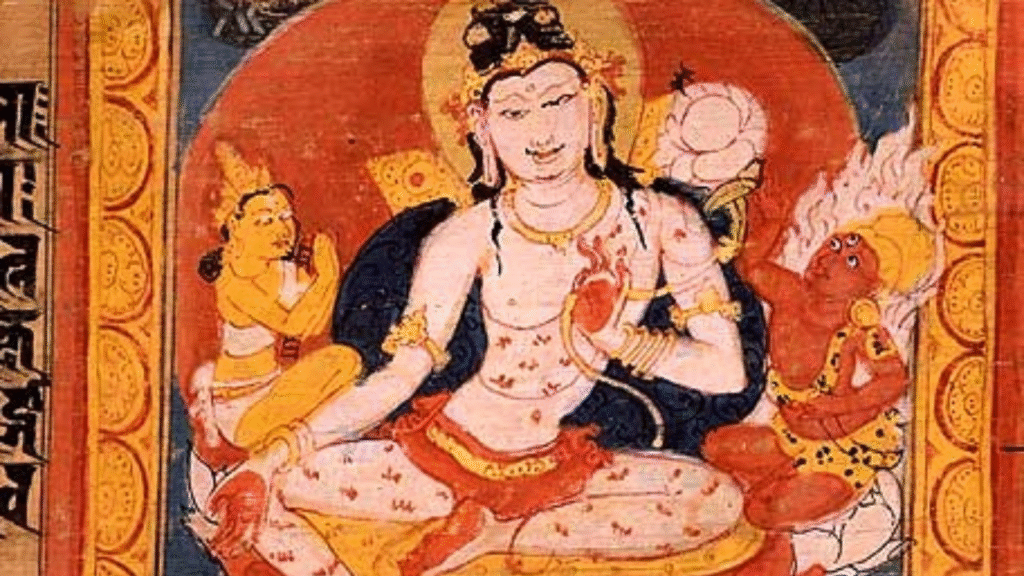
The Dalai Lama is not just a monk — he is believed to be the reincarnation of Avalokiteshvara, the Bodhisattva of Compassion. After death, each Dalai Lama is reborn, and Tibetan monks, through sacred rituals and signs, identify the next one.
The current 14th Dalai Lama, Tenzin Gyatso, was born in 1935 in Amdo (now Qinghai, China), recognized at age 2, and enthroned at age 5. But his life was upended by history:
- 1950s: Communist China invades and occupies Tibet.
- 1959: The Dalai Lama escapes to India after a failed uprising and sets up the Tibetan Government-in-Exile in Dharamshala.
China, officially atheist, saw the Dalai Lama not just as a spiritual leader but as a political threat. Since then, Beijing has tried to erase Tibetan identity, including religious institutions. But the real trouble began with another figure: the Panchen Lama.
In 1995, the Dalai Lama identified Gedhun Choekyi Nyima as the 11th Panchen Lama. China abducted the boy, replaced him with its own candidate, and has kept the real Panchen Lama hidden for nearly 30 years. That moment signaled how far China would go to manipulate religious succession.
GOLDEN URN POWER MOVE: Timeline of China’s Dalai Lama Succession Clampdown
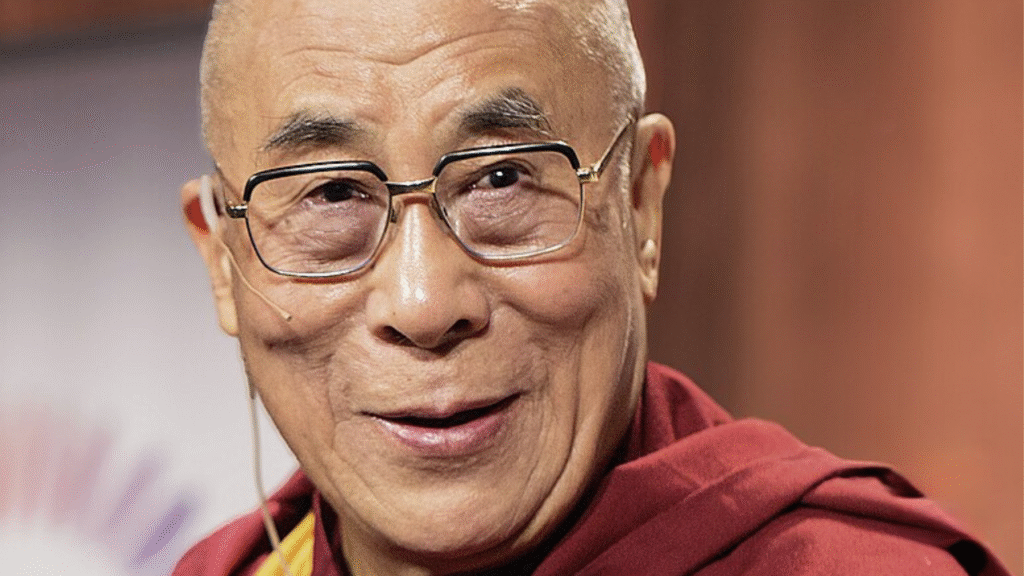
2007 – THE “GOLDEN URN” DECREE
China passed the State Religious Affairs Order No. 5, which stated that all reincarnations of Tibetan lamas must be approved by the government. It revived the Golden Urn system (a Qing-era lottery method) to “legitimize” its choices.
DALAI LAMA’S REBUTTAL
The Dalai Lama rejected the law, saying no government has the right to interfere in a spiritual process. In multiple interviews between 2009–2024, he stated:
- He might not reincarnate at all.
- If he does, it will not be inside China.
- The Tibetan people should decide if and how the reincarnation happens.
2024–2025: SUCCESSION HEATS UP
- July 2024: The Dalai Lama, in a public event, says: “My successor will not be born in a country under China’s rule.”
- Feb 2025: China sets up a “Reincarnation Council”, hinting it might announce its own Dalai Lama after the 14th passes.
- Ongoing: China trains state-aligned child monks in Lhasa to prepare for the future.
This raises the dangerous possibility of two rival Dalai Lamas — one backed by the Chinese Communist Party, and the other by the Tibetan Buddhist diaspora.
GLOBAL PUSHBACK: US Sanctions, UN Condemnations & India’s Tightrope on Dalai Lama Succession
China’s attempt to control reincarnation has not gone unnoticed.
U.S. AND INTERNATIONAL LAWS
- 2020: The U.S. passes the Tibetan Policy and Support Act, stating:
- Only Tibetans can decide the Dalai Lama’s successor.
- Any Chinese interference will result in sanctions.
- Only Tibetans can decide the Dalai Lama’s successor.
- EU and UN voices: Multiple human rights reports condemn China’s religious interference.
INDIA’S DELICATE ROLE
India hosts the Dalai Lama and the Tibetan exile government. But it walks a tightrope with China, avoiding official comments on reincarnation — while quietly supporting religious freedom in Tibet. At 90, the Dalai Lama remains spiritually active, travelling and speaking. But the question is no longer “if” he’ll pass on — it’s what happens after.
Dalai Lama Succession Sparks Global Religious Freedom vs Authoritarian Clash
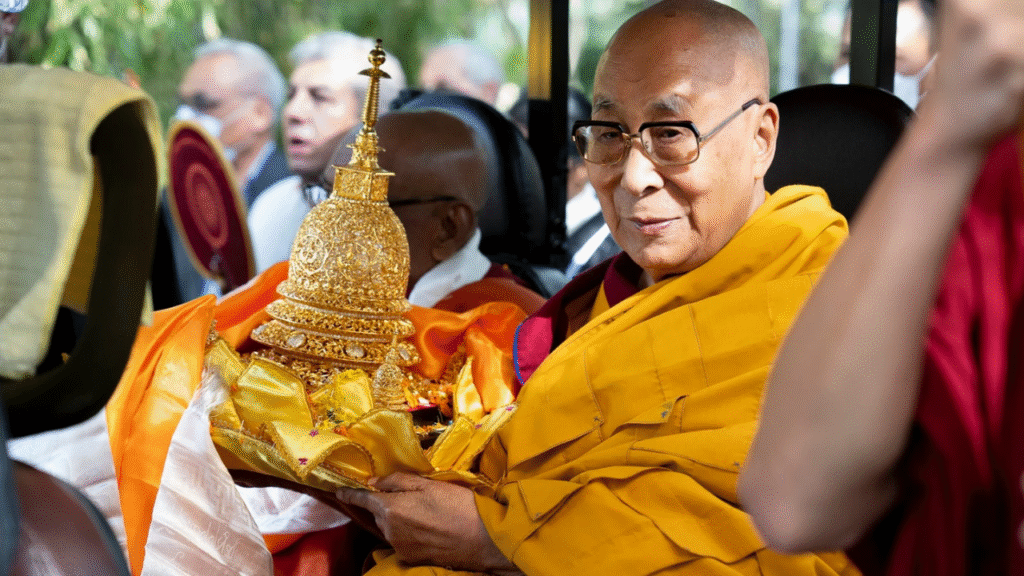
This isn’t just about monks and temples. The Dalai Lama succession battle is a test of religious freedom vs authoritarian control.
- For China: Controlling the next Dalai Lama helps legitimize its rule over Tibet, by using a puppet spiritual figure.
- For Tibetans: It’s a fight for their cultural survival and identity.
- For the World: It’s a moment to decide — do we accept a world where reincarnation requires state approval?
If China succeeds, it sets a precedent for controlling other spiritual traditions globally — from Buddhism to Islam to Christianity — wherever political convenience calls.
It’s also a soft power war. The real Dalai Lama represents peace and non-violence, with global credibility. A fake one will be nothing more than a political mascot for Beijing.
The Dalai Lama’s reincarnation isn’t just a Tibetan matter anymore — it’s a civilizational challenge to the values of liberty, faith, and identity.
Tibetans have resisted for over 70 years. Their spirit remains unbroken, even in exile. But the world must choose whether to support their right to decide their spiritual future — or let China rewrite sacred traditions for its own ends.
As the Dalai Lama said: “Religion belongs to the people, not the government.”
What happens next will echo for generations.



